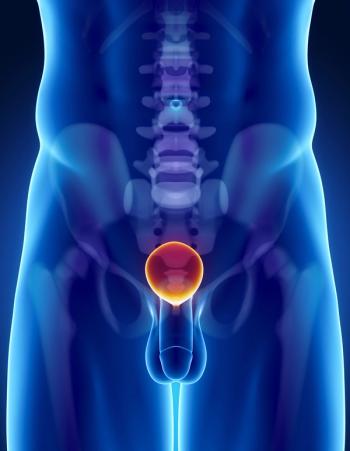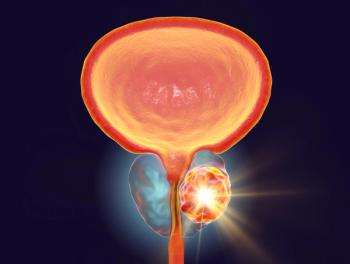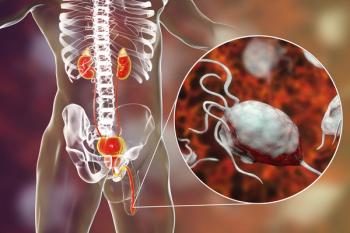
Challenges with Prostate Cancer Treatments
Dr. Bobby Liaw discusses importance of setting expectations regarding common side effects and challenges patients might experiences with treatment.
Episodes in this series

Bobby Liaw, MD: There are a number of challenges that patients will face while on long-term treatment for prostate cancer. Big things that are always going to be a consideration include fatigue — androgen deprivation therapy causes a fair amount of fatigue for a lot of patients — and muscle weakness. When we add on additional AR-directed therapy, whether it's in the form of apalutamide, enzalutamide, or abiraterone, that can only lead to further accentuating some of that. It's an issue that we don't have a fantastic fix for, unfortunately.
There's nothing quite like giving a person back testosterone to drive that energy and vitality, although a lot of it is setting that expectation ahead of time to allow patients to understand that there will be some decrease in exercise stamina. That there will be a little bit of a need for them to perhaps go to bed a little bit earlier at night, and then encouraging them to stay as active as possible. I do find that that is perhaps the best way to keep people feeling as energetic as possible. And of course, the exercise goes a long way to helping people maintain muscle strength and muscle integrity so that they can better withstand some of the long-term side effects of ADT. There are other side effects that come with different drugs. For abiraterone, you need to be much more watchful of blood pressure control, and whether they have any peripheral edema, because of the way that abiraterone works. Regular lab checks are necessary to evaluate liver function, as well as electrolyte arrangements. For enzalutamide, I'm often asking my patients whether or not they're having or experiencing dizziness, lightheadedness. For apalutamide, outside of fatigue, I'm constantly reassessing for any issues with rash.
The topic of treatment adherence always comes up when we think about patients potentially having some long-term side effects. Now, the clinical trial data that came out in the big studies, of course, lends a lot of weight to better understanding the big, worrisome side effects that we have to see. But I do find that real-world data often is a little bit more helpful in guiding us on how to treat the patient population that we see every day, because the patients that we see on a daily basis aren't always going to be picture-perfect clinical trial candidates.
In looking at some real-world data — this was actually presented at AUA [American Urological Association Annual Meeting] not that long ago — but looking at real-world data, apalutamide adherence was actually pretty good across the board. 93.6% of physicians were able to find ways to keep patients on apalutamide. This was also looked at across different ethnic subgroups, Black patients versus non-Black patients. Everyone had a pretty good adherence to apalutamide, and that says something. I think it says something towards tolerance of the medication, as well as this being a medication that's efficacious and that everyone understands what it’s being used for. When we look at some of the patients who definitely wouldn't have been great trial candidates, people who are much more elderly, much frailer, we don't have quite as much clear-cut data on that. But there was a publication back in 2020 that tried to address some of this real-world experience in some of the elderly patients with abiraterone and enzalutamide. Generally speaking, non-adherence was like relatively low, with only 4.8% of patients taking abiraterone being labeled as non-adherent based on pill counting, and 6.2% of the patients receiving enzalutamide. Now, it's important to understand the reasons for non-adherence in this particular study, where they looked at 58 patients. Most of the reasons for non-adherence seemed to be a misperception for the need of a drug. This was actually about 77% of the non-adherence. Then the second most likely reason was actually just plain old forgetfulness. This goes perhaps a little bit more in line with patients who are a little bit more elderly. But overall, the study did find that there was a relationship between non-adherence to treatment with patients who are frailer. It also did show that non-adherence had a relationship with a more negative impact on treatment response.
Transcript edited for clarity.
Newsletter
Stay up to date on recent advances in the multidisciplinary approach to cancer.



















































































